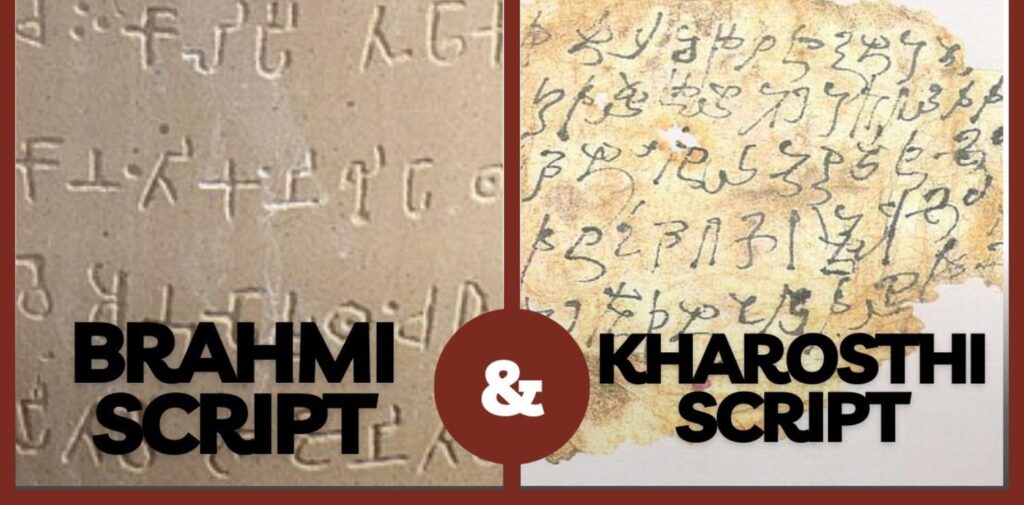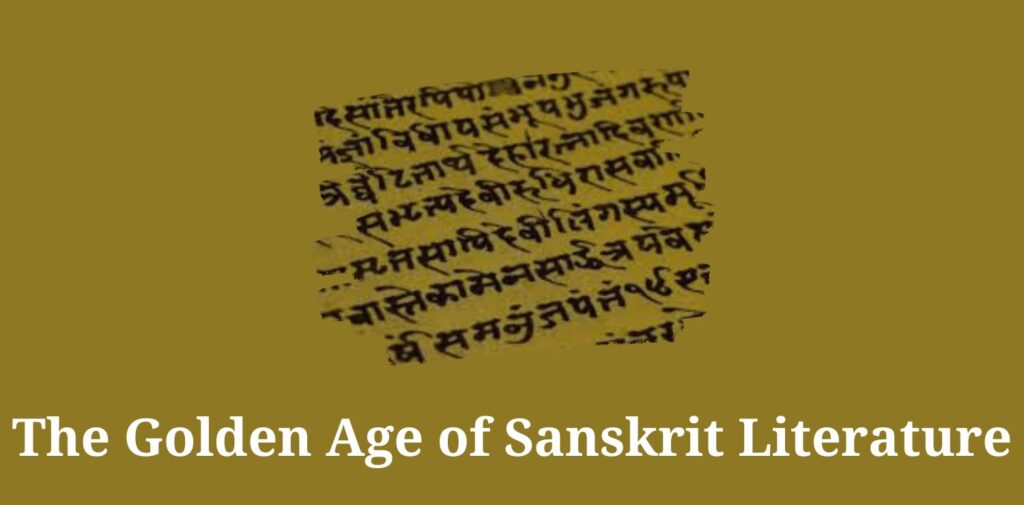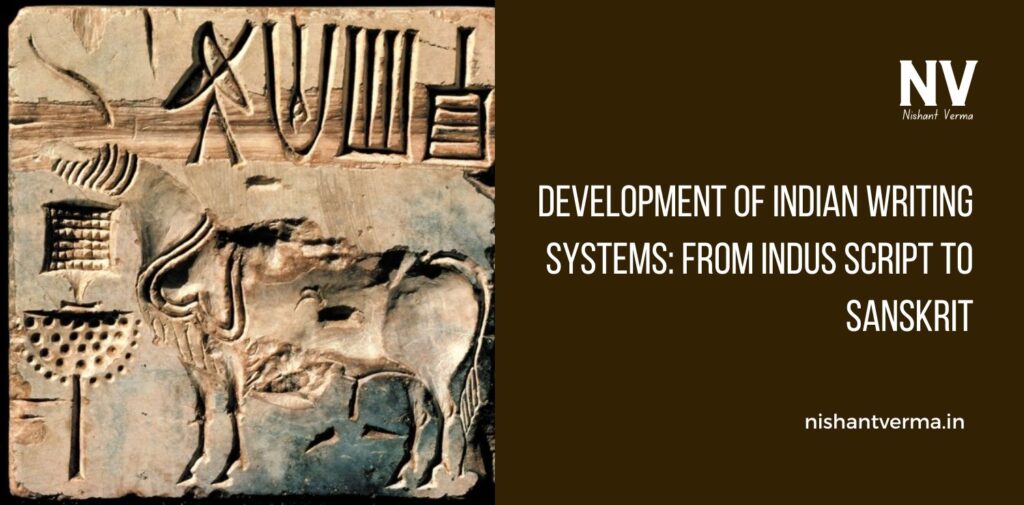India has a rich and ancient history, and one of the most fascinating parts of this history is the development of writing systems. Writing is an important way for people to communicate, record history, and pass down knowledge. India’s writing systems have evolved over thousands of years, and they have played a crucial role in shaping Indian culture, literature, and philosophy. In this article, we will explore the journey of Indian writing systems, starting with the mysterious Indus Script and moving towards Sanskrit and other scripts that are still in use today.
The Beginning: The Indus Script
The story of Indian writing begins with the Indus Valley Civilization, which existed more than 4,000 years ago in what is now Pakistan and northwestern India. The people of the Indus Valley (also known as the Harappan Civilization) created one of the earliest urban cultures in the world. They built cities like Mohenjo-Daro and Harappa, and they had an advanced society with well-planned streets, drainage systems, and trade networks.
But what makes the Indus Valley people so interesting is that they developed their own writing system—called the Indus Script. The script consists of symbols and signs, but we still don’t fully understand how it worked because no one has been able to completely decipher it. The symbols appear on seals, pottery, and other objects found in the ruins of Indus Valley cities.
Even though the Indus Script remains a mystery, it shows us that the people of the Indus Valley had a way to record information, trade, and possibly keep track of their goods, just like how we use writing today.

The Rise of Vedic Writing
After the decline of the Indus Valley Civilization, new cultures and peoples began to shape India’s history. One of the most important of these was the Vedic culture, which emerged around 1500 BCE. The Vedic people, known for their deep religious and philosophical ideas, spoke a language called Sanskrit, and they used it to create some of the oldest and most important texts in Indian history.
These texts are called the Vedas, which include hymns, prayers, and teachings that form the foundation of Hinduism. The Vedas were originally passed down through generations by word of mouth, but eventually, they were written down. The written form of Sanskrit became a very important language for recording religious and philosophical thoughts.
The Alphabetic Scripts: Brahmi and Kharosthi
Around 3,000 years ago, the writing systems in India began to change. Instead of using symbols like the Indus Script, people started developing alphabetic scripts, where each symbol represents a sound or letter. Two of the earliest and most famous alphabetic scripts in India are Brahmi and Kharosthi.
Brahmi Script
The Brahmi script is one of the oldest writing systems that we can understand, and it is believed to have been used from around the 3rd century BCE. It was used to write Sanskrit and other languages in ancient India, and it is the ancestor of many modern Indian scripts, including Devanagari (which is used for Sanskrit and Hindi), Tamil, Telugu, and Bengali.
Brahmi script was first used by the Maurya Empire, which was ruled by Ashoka the Great. Ashoka, one of India’s greatest emperors, is famous for spreading Buddhism across India and beyond. He used the Brahmi script to write inscriptions on stone pillars, which were placed in various parts of India. These inscriptions spread his messages of peace, kindness, and respect for all religions.
The Brahmi script’s simplicity and clarity made it easier to read and write, and it became the foundation for many Indian languages and scripts that followed.

Kharosthi Script
The Kharosthi script was another important writing system used in ancient India. It was used mainly in the northwestern part of India (now Pakistan and Afghanistan), and it was used to write languages like Prakrit and Bactrian. While the Kharosthi script was similar to Brahmi in some ways, it was written from right to left, unlike Brahmi, which was written from left to right.
Though Kharosthi was important in ancient India, it gradually faded out of use and was replaced by other scripts, such as Brahmi. However, Kharosthi still provides us with valuable information about ancient Indian languages and cultures.
The Golden Age of Sanskrit Literature
Sanskrit is one of the oldest languages in the world, and it has had a huge influence on Indian culture and literature. After the development of writing systems like Brahmi and Kharosthi, Sanskrit became the primary language for scholars, poets, and religious leaders in ancient India.
The Golden Age of Sanskrit literature is a period in Indian history when Sanskrit literature reached its peak. This period, which lasted from around the 4th century CE to the 12th century CE, saw the creation of some of the most famous and important texts in Indian history.
The Vedas and Upanishads
During this period, the Vedas (the oldest Hindu scriptures) and the Upanishads (philosophical texts) were written down in Sanskrit. These texts explore ideas about the nature of the universe, the self, and the divine. They are still studied and revered by Hindus today.
The Epics: Mahabharata and Ramayana
Sanskrit is also the language of two of the most famous and important epic stories in Indian literature: the Mahabharata and the Ramayana. These stories tell of great heroes, gods, and battles, and they have shaped the culture and beliefs of people in India for centuries.
The Mahabharata, written by the sage Vyasa, is the longest epic in the world and contains important teachings on dharma (righteousness) and karma (action and its consequences). The Ramayana, written by the sage Valmiki, tells the story of Lord Rama, his wife Sita, and their battles against the demon king Ravana.

Classical Sanskrit Literature
In addition to religious texts, Sanskrit became the language of poetry, drama, and science. Great poets like Kalidasa wrote beautiful plays and poems in Sanskrit, such as the famous play Shakuntala. Scholars also wrote important texts on mathematics, astronomy, medicine, and grammar in Sanskrit.
Modern Indian Scripts
Over time, as India’s culture and languages evolved, the Sanskrit script gave birth to many different regional scripts. These scripts are still used today to write languages spoken all over India.
- The Devanagari script is used for Sanskrit, Hindi, Marathi, and Nepali.
- The Tamil script is used for Tamil.
- The Telugu script is used for Telugu.
- The Bengali script is used for Bengali and Assamese.
- The Gujarati script is used for Gujarati.
These modern scripts are all related to the ancient Brahmi script and have evolved over time, but they all share the same root in the ancient writing systems of India.
Conclusion: The Legacy of Indian Writing Systems
The development of writing systems in India has been a long and fascinating journey. From the mysterious Indus Script to the highly sophisticated Sanskrit, India’s writing systems have helped preserve and share the country’s rich cultural, religious, and philosophical heritage.
The evolution of these writing systems shows how important writing has been to India’s growth and its influence on the rest of the world. Today, the legacy of these ancient scripts lives on in the languages and literature of India, and they continue to shape the lives of millions of people.




